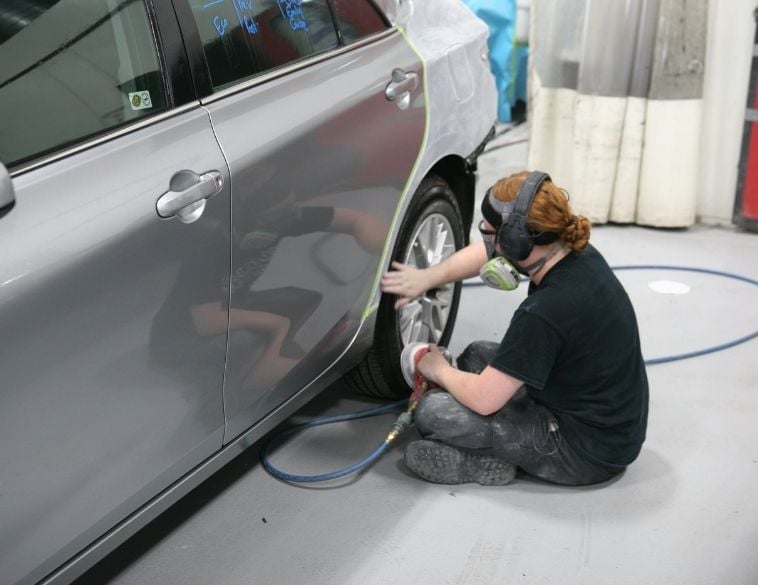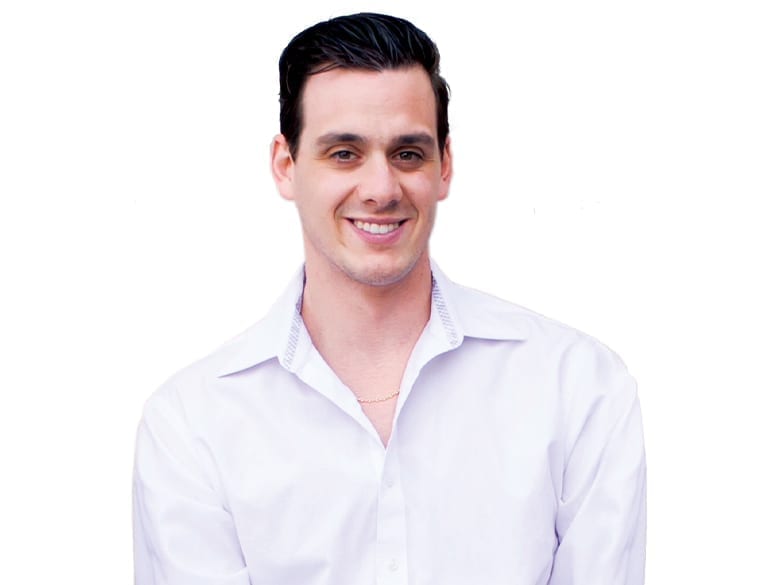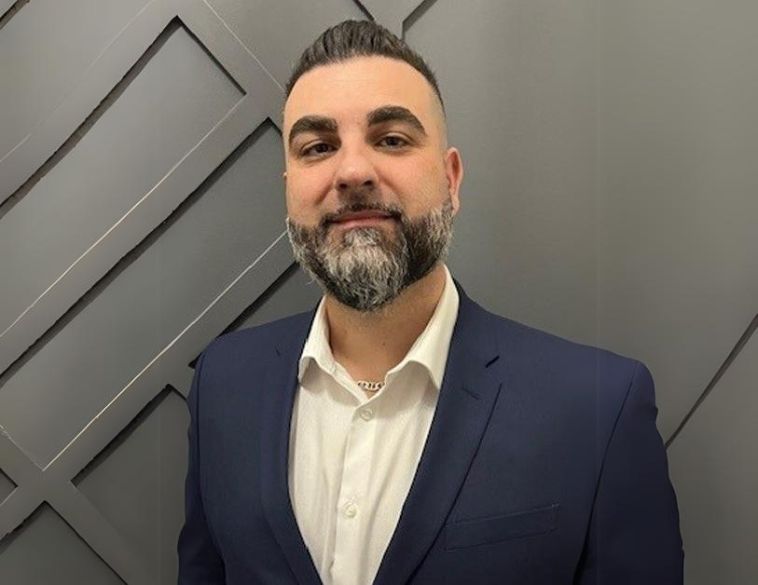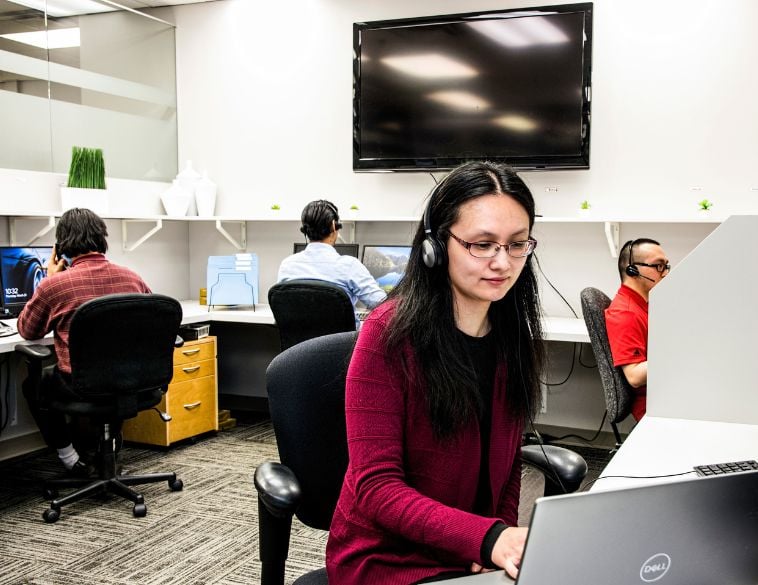Ongoing parts shortages have caused many collision centres to alter business plans
Traditionally, many collision shops, especially those that are dealer-affiliated or deal in high volumes of late-model vehicles have tended to focus more on replacement than repair when it comes to strategy.
Prior to the COVID-19 pandemic, on many levels this approach made sense.
It allowed collision centres to maximize business from OEMs and dealer partners in terms of parts sales and for the collision shop—even if there were parts delays for one particular vehicle—there were always several more cars waiting to be processed, so the shop could make up the volume in work.
When COVID-19 arrived in 2020, that business model changed literally overnight. Shops that were accustomed to large volumes of repair work saw demand dwindle to a trickle as lockdowns and travel restrictions took effect.
To make matters worse, not only were there fewer cars on the road but the spread of the novel coronavirus also impacted manufacturing, with many OEMs forced to either severely curtail production or idle assembly plants.
Different game plan
For many collision shops, this scenario required a radically different game plan going forward.

With significantly less work coming through the doors, combined with reduced availability of parts due to vehicle production shutdowns, the traditional replace, replace, replace concept when it came to repairs no longer worked. Instead, in order to minimize the impact on gross profit and labour hours, a shift to a repair-driven mindset was needed.
This was especially critical if the job itself was a traditional borderline repair/replace.
By focusing more on repairs instead of replacing parts, the advantages in a pandemic environment were two-fold.
Firstly, it would minimize delays due to parts shortages, because you’re less reliant on waiting for those back-ordered parts.
Secondly, it allowed you the opportunity to really squeeze every labour hour out of every single job that came through to keep both the technicians and the shop making money.
Additionally, as the pandemic unfolded, the nature of the work itself tended to change.
By the middle of 2020, many shops were seeing significantly less volume and of the work that did come in, much of it was larger jobs as a result of collisions happening on the roads involving vehicles driven by essential workers.
While most of the profitable small repairs, parking lot dings and scrapes etc. declined because people were stuck at home and in many cases, economic uncertainty prevented them from deciding to fork out for minor repairs.
More reconditioning work
With repair volumes down and new vehicle supply restricted, many shops, including those that primarily focused on newer vehicles, expanded to take in more reconditioning work for dealers. As well as repairs and refurbishment on older vehicles, whose value has grown exponentially in the market due to ongoing new inventory issues (impacted by the global semiconductor shortage) and used inventory (due to a lack of new vehicles which is driving up demand for used vehicles).
In this scenario, because the value of older vehicles tends to be lower, sourcing used/reconditioned parts or new aftermarket pieces is often the only option as the cost of OEM replacements would frequently result in a total loss.
Additionally, used and aftermarket parts tended to be more widely available, meaning fewer delays on a repair even replacement was required.
Today, we are seeing repair volumes increase again, so more work is coming through the doors, the problem is, that part shortages remain an ongoing and consistent problem—something that is likely to persist for the foreseeable future.
That’s why in order to be successful, collision repairs must continue to look for opportunities to maximize repair work, keep their staff busy and maximize margins.



